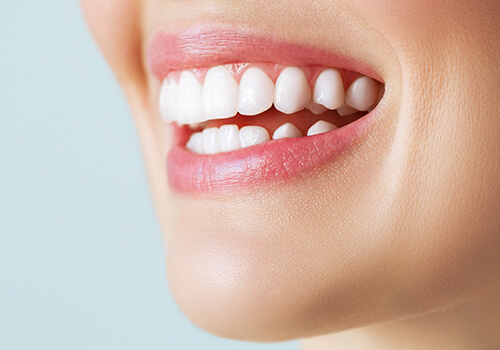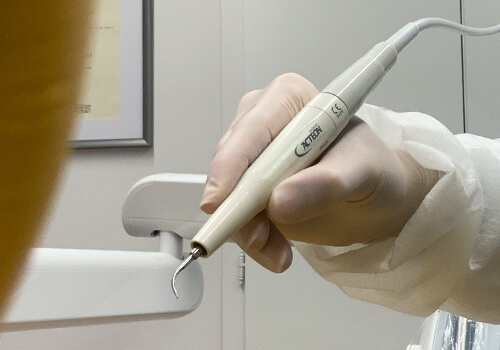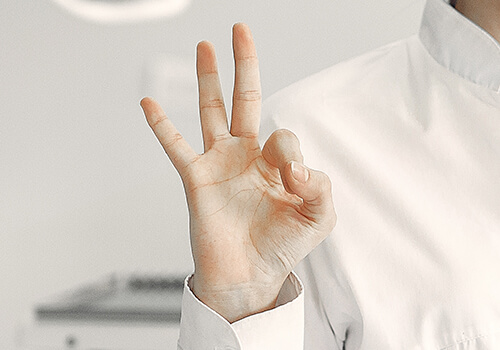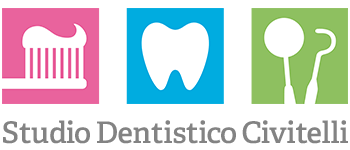Veneers and Aesthetics
Applied to improve aesthetics
Dental veneers are thin covers made of porcelain placed over the front part of the tooth. They are used to improve the aesthetics of the tooth (make whiter teeth, close the gap between teeth, create symmetrical shapes, correct midline misalignment) and to recover chewing functions damaged by traumas (chipped teeth), or dental wear (bruxism, grinding, bad habits such as nail-biting and chewing pen caps). In some cases, it is possible the application of veneers requiring less preparation of the tooth (no-prep technique); for example, for closing diastemas (gaps) or lengthen consumed teeth (bruxism). Differently from what is usually said, “no-prep veneers” (like the Lumineers) are not indicated in case of misaligned teeth or to change the teeth colour.
if a veneer is placed over a natural tooth without considering its thickness, the result will be unsightly due to teeth too large and protruding.
In the case of diastemas, it is possible to use “additional veneers”, small ceramic fragments, to recreate specific parts. Obviously, the selection of the type of restoration must be carried out assessing the clinical conditions of the case, carefully examining the pros and cons of each situation. Veneers can be made of various types of ceramic. Nowadays, the most used is lithium disilicate, aesthetically pleasing and very resistant.
Our Tips

Prophylaxis Cleaning with calcium phosphates
We recommend regular applications of calcium phosphates-based products to maintain the correct enamel mineralisation and prevent caries, white spots, sensitive gums etc., especially during childhood.

Fill up tooth grooves with sealants
The OMS and the Department of Health recommend sealants to fill up the grooves in permanent molars and premolars to guarantee a better cleaning of children’s teeth occlusal surface and prevent the risk of bacterial infiltration and decay.
This procedure is painless and safe but must be carried out according to the correct timing of intervention.
The dentist will guide you in choosing the right moment to carry out this important form of prevention.

Periodic checks
We recommend at least six-monthly visits and professional hygiene sessions.
